Saudi Traffic Signs Test 01
This online Saudi knowledge test for traffic signs test, with multiple-choice questions, is intended to help you prepare for the written computer test that is required before you can get your driver’s license.
ADVERTISEMENT
ADVERTISEMENT
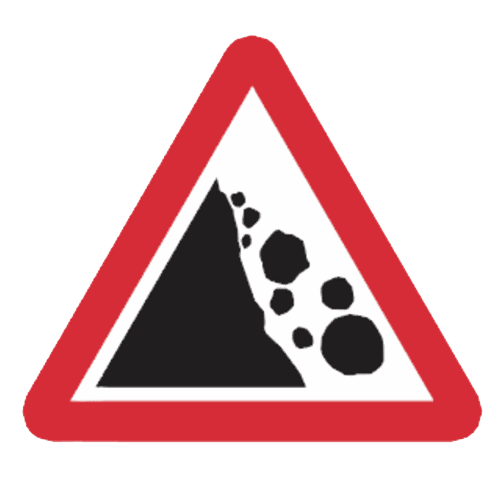
Risk of falling rocks
Oil on the road
Heavy snowfall
Multiple potholes
Correct!
Wrong!
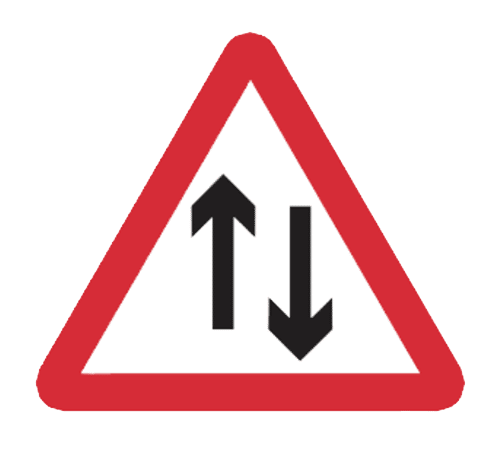
There is two-way traffic on your road
You have priority over oncoming traffic
You can use all lanes on your road
Approaching traffic has priority over you
Correct!
Wrong!
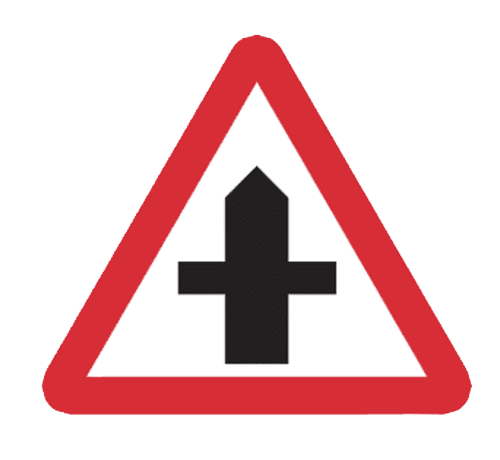
Main road intersection with a sub road
A crossroads is coming up where cross traffic has priority
You must continue straight on
You must take a right or left exit from your road
Correct!
Wrong!
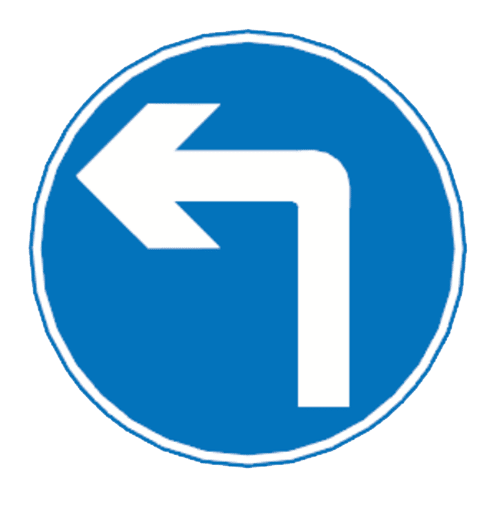
At the next junction, go to the left
Stay left
Accelerate and turn left
Give way to the left
Correct!
Wrong!
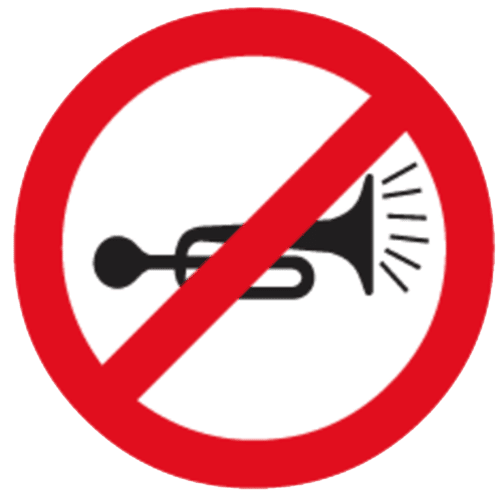
You must not use your horn
You must use your horn to warn other road users
No horn in the hospital zone
No horn after midnight
Correct!
Wrong!
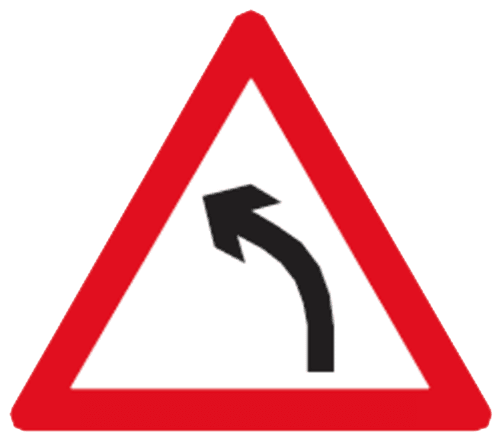
Left bend
The road bends round to the right
You must take the next left turn
The road camber is increasing
Correct!
Wrong!
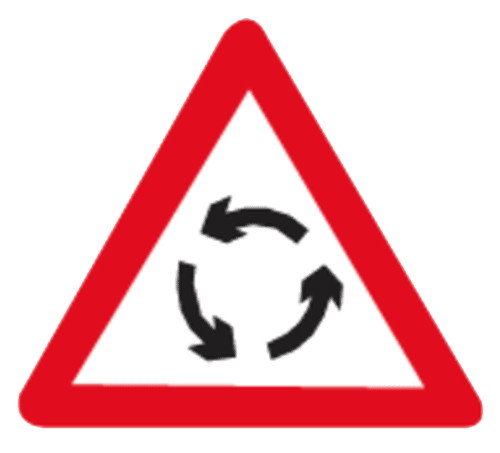
Roundabout ahead (Traffic Rotary)
A three-way intersection
A tunnel ahead
Slippery conditions
Correct!
Wrong!
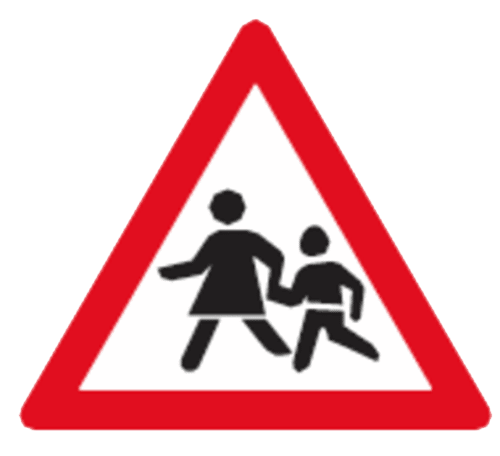
Children crossing
Playground
Children are not allowed to cross here
Children may only cross hand-in-hand with an adult
Correct!
Wrong!
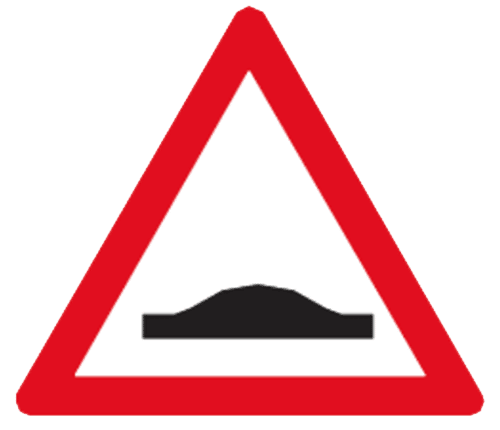
Speed hump
The road ahead is uneven
River bank ahead
Loose chippings
Correct!
Wrong!
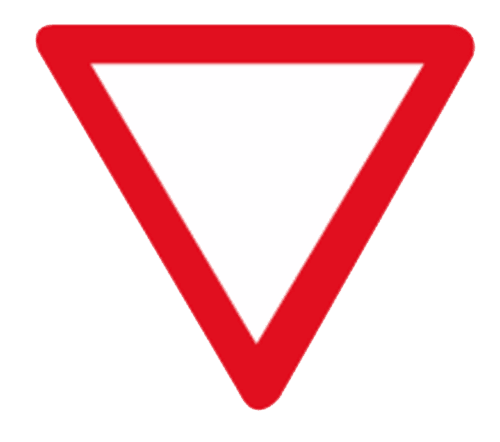
You must give way to all traffic on the road you are joining/crossing
All traffic on the road you are entering/crossing must give way to you
You must give way to traffic moving faster than you
You must give way to traffic coming from your right
Correct!
Wrong!
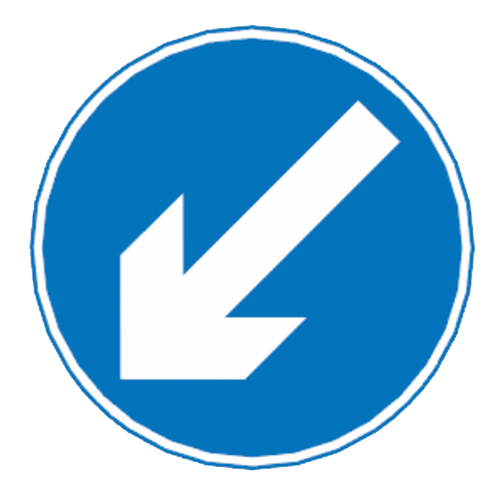
Pass this side
Pull over on the left
Turn left
Turn back
Correct!
Wrong!
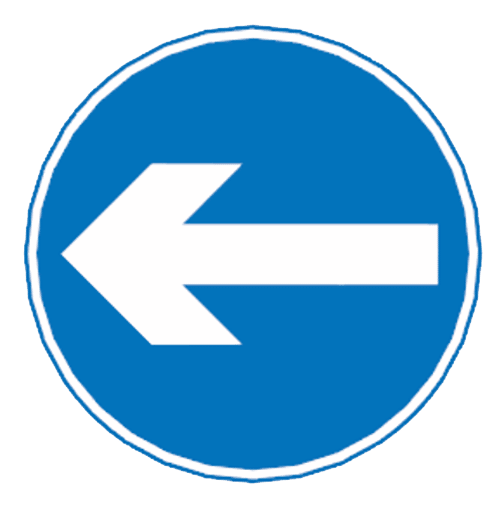
Go to the left
The arrow is pointing to the quickest route
Traffic coming from your right has priority
There is a one-way street coming up on your left
Correct!
Wrong!
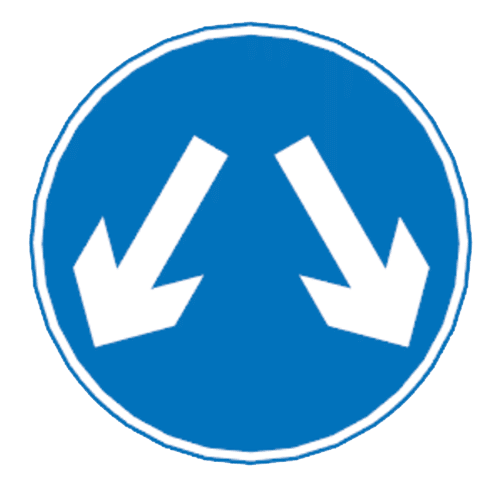
Pass either side
Choose a left or right turn lane
Overtake traffic ahead
Park either side of the sign
Correct!
Wrong!
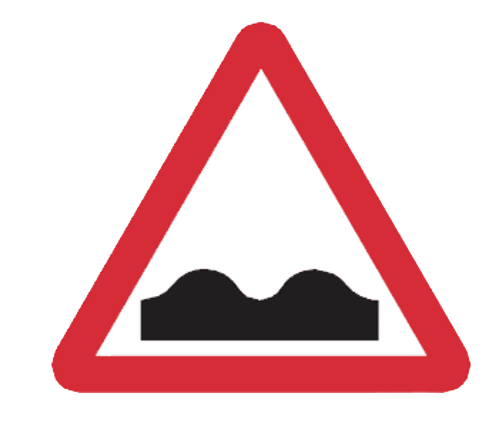
Rough road ahead
There are multiple bridges ahead
There are hills approaching
The road runs through a valley
Correct!
Wrong!
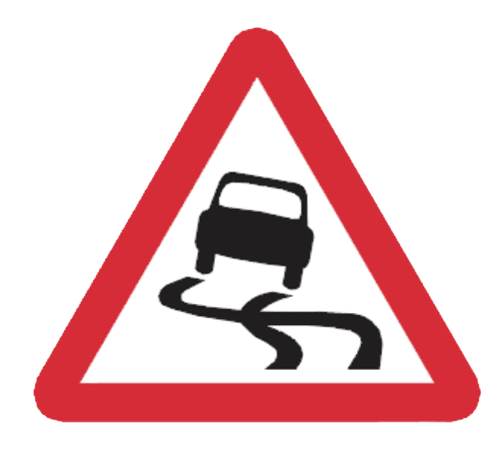
Slippery road
Zigzag bends
Oncoming traffic on your side of the road
A fast chicane
Correct!
Wrong!
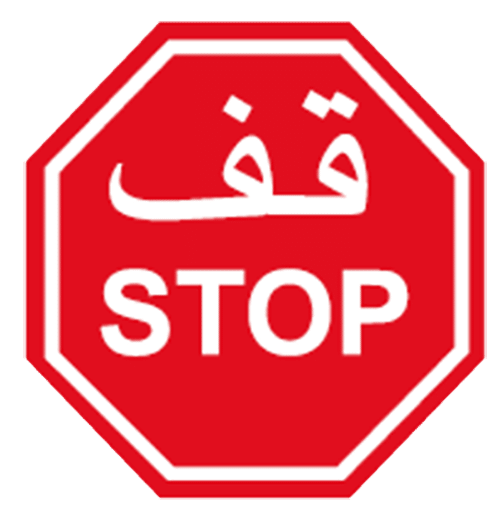
You must come to a complete stop and check for other traffic
You must start to slow and be ready to stop if there is other traffic
You only have to stop if you can see other traffic
There is a bus stop around the corner
Correct!
Wrong!
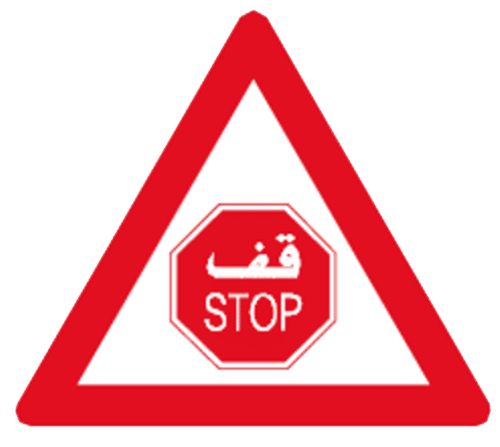
There is a stop sign ahead
There are traffic signals ahead
Intersection ahead
Tunnel ahead
Correct!
Wrong!
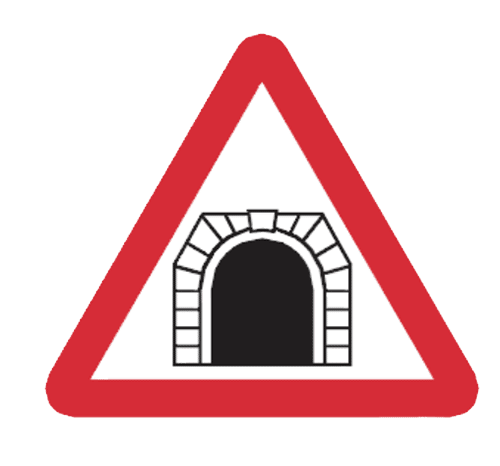
A tunnel
A dead end
A railway crossing
A bridge over the road
Correct!
Wrong!
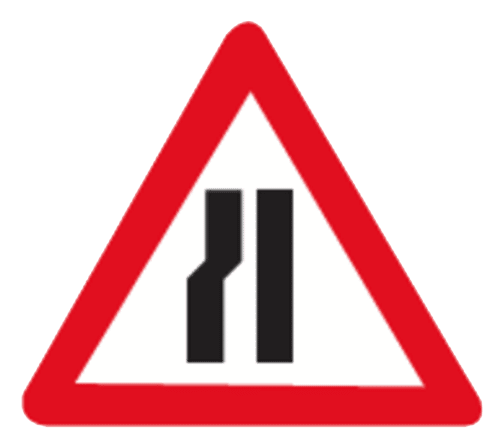
The road narrowing on the left
The road narrowing on the right
The road narrowing on both sides
The road widening for oncoming traffic
Correct!
Wrong!
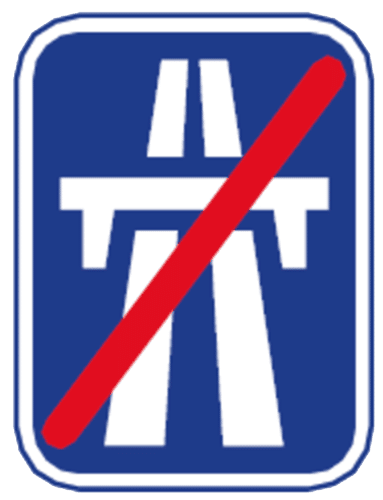
The end of a highway
The start of a Highway
A bridge over a Highway
The middle of a Highway
Correct!
Wrong!
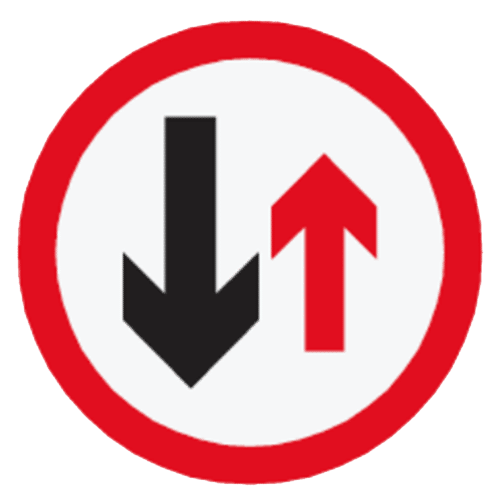
Priority to oncoming traffic
You have priority over oncoming traffic
You can use all lanes on your road
An unmarked crossing
Correct!
Wrong!
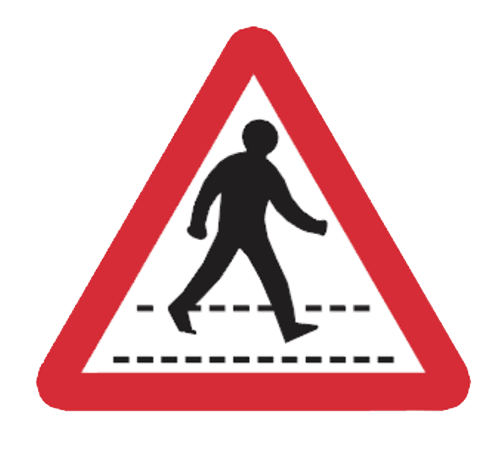
Pedestrian crossing ahead
Pelican crossing ahead
Toucan crossing ahead
Unmarked crossing ahead
Correct!
Wrong!
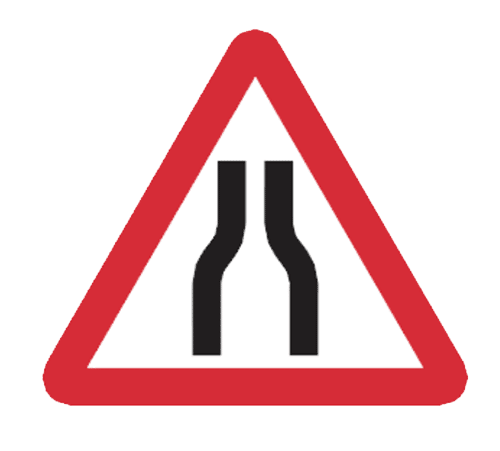
The road narrows on both sides ahead
The road narrowing on the left ahead
The road narrowing on the right ahead
Two lanes merging into one ahead
Correct!
Wrong!
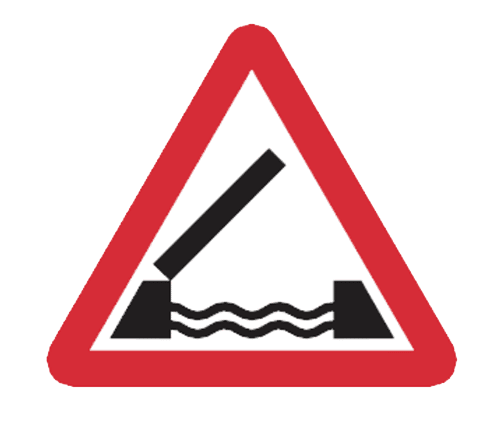
An opening bridge ahead
There is no way across the river
The approaching bridge is very steep
Traffic from the other side of the river has priority
Correct!
Wrong!
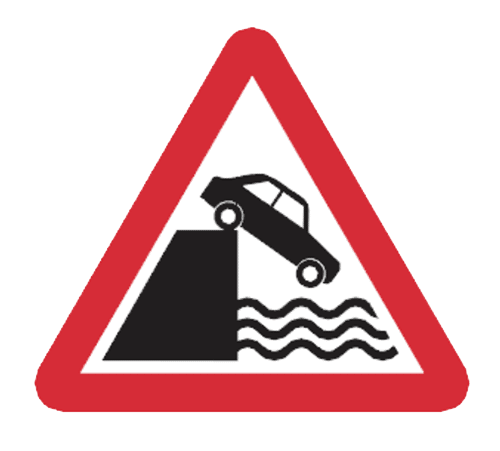
A quayside or riverbank ahead
A steep drop onto another road ahead
The edge of a cliff ahead
A swing bridge will be open ahead
Correct!
Wrong!
Share the quiz to show your results !
Subscribe to see your results
Signs 1
I got %%score%% of %%total%% right
%%description%%
%%description%%
Loading…
ADVERTISEMENT
